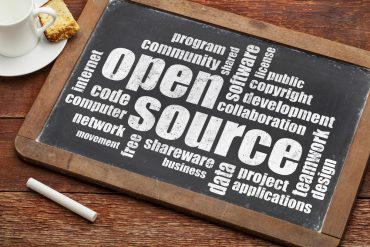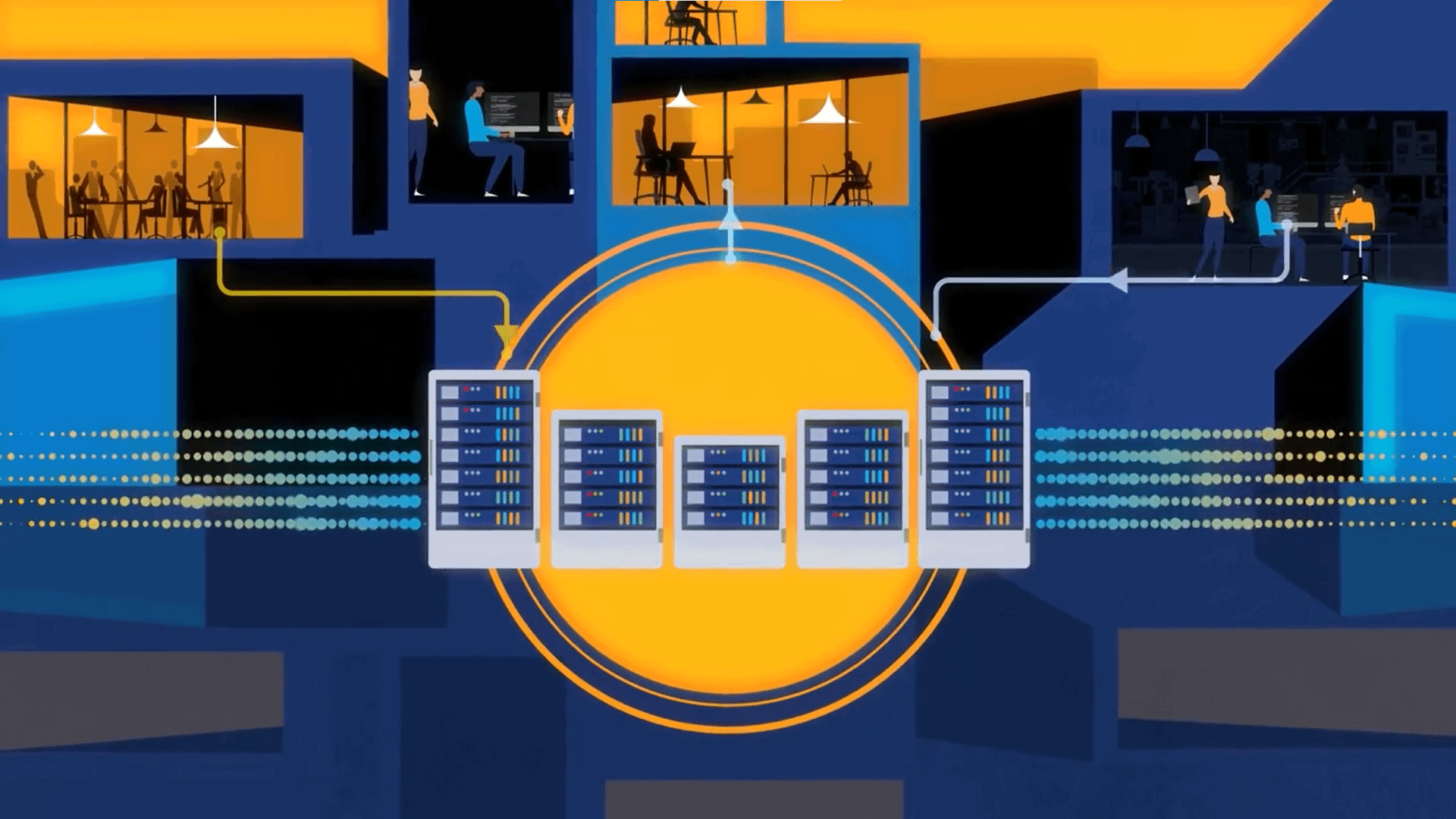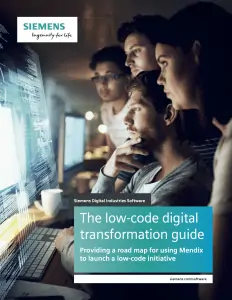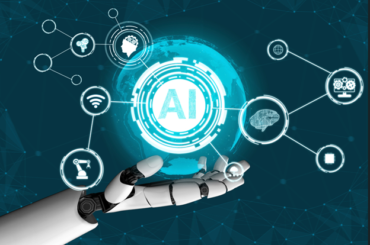
This week’s event had a strong focus on AI. As a result, there were many announcements from Microsoft and its partners.
The Microsoft Ignite conference traditionally focuses on unveiling Microsoft’s latest innovations across cloud, AI, security, and enterprise productivity. It serves as a major platform for announcing updates to Azure, Microsoft 365, Dynamics 365, Windows, and related developer tools. Ignite also highlights broader technology trends shaping the enterprise landscape.
This week’s event had a strong focus on AI. As a result, there were many announcements from Microsoft and its partners in this area. Here are some of the relevant ones for RTInsights readers:
NVIDIA announced an expansion of its deep partnership with Microsoft, centered on powering the Microsoft AI Superfactory. The partnership covers more than the hardware aspects of AI. According to the companies, it is a full-stack integration that includes:
- Microsoft deploying hundreds of thousands of NVIDIA Blackwell GPUs and next-generation Spectrum-X Ethernet networking to power its AI Superfactory.
- NVIDIA RTX PRO 6000 Blackwell Server Edition GPUs (which are in public preview on Azure) being used to provide right-sized acceleration for enterprise inference, digital twins (Omniverse), and scientific computing from the cloud to the edge.
- The integration of the NVIDIA stack (Nemotron, NeMo Agent Toolkit) to accelerate AI for Microsoft SQL Server 2025 and enable custom AI agents across the Microsoft 365 Copilot ecosystem.
Atos announced the availability of an Agentic AI solution: Autonomous Data and AI Engineer to augment the capabilities and velocity of data and AI engineering teams. Grounded in Microsoft Responsible AI principles, this agentic solution is designed to handle and automate complex, multistep data and AI engineering tasks for business processes across industries. It is currently available for Azure Databricks and Snowflake on Azure, two leading cloud-based data platforms available on Microsoft Azure.
Avanade launched its Agentic Platform. The solution is built on Microsoft technologies and will be integrated with the newly announced Microsoft Agent 365. The solution offers a library of pre-built, industry-specific agents and templates. Discoverable through Microsoft Copilot Studio, Microsoft Foundry, and soon in the Microsoft Agent 365 ecosystem, these agents automate repetitive tasks, boost productivity, enhance customer engagement, and uncover insights.
C3 AI announced the availability of expanded integrations across Microsoft Copilot, Microsoft Fabric, and Azure AI Foundry, enabling customers to unify reasoning, data, and model operations in a single enterprise AI system running on the Microsoft Cloud. These enhancements build on years of collaboration between C3 AI and Microsoft and make it easier for customers to deploy, manage, and scale AI directly within the Microsoft Cloud.
CData Software announced the availability of Model Context Protocol (MCP) connectivity through its Connect AI platform directly within Microsoft Copilot Studio and Microsoft Agent 365. This integration enables enterprises to rapidly build and deploy AI agents that can securely read, write, and act on real-time data across 350+ enterprise systems, including Salesforce, Snowflake, SAP, and more.
ClickHouse announced the availability of a new integration with Microsoft OneLake, the unified data lake of Microsoft Fabric. This integration enables organizations to harness the scale, governance, and simplicity of OneLake with the speed and flexibility of ClickHouse for real-time, large-scale analytical workloads.
Cribl announced an expanded collaboration with Microsoft through a new integration for Fabric Real-Time Intelligence. This new functionality leverages Cribl Stream to act as the designated pipeline, ensuring users can quickly collect, enrich, optimize, and route all critical telemetry data to Eventstream in Fabric Real-Time Intelligence.
dbt Labs announced the expansion of the dbt Fusion engine ecosystem with a new native integration in Fabric Data Factory. The integration, which builds on a longstanding collaboration with Microsoft, will allow users to build, test, and orchestrate dbt transformations directly within Microsoft Fabric.
Eon announced a new integration with Microsoft Fabric and Microsoft OneLake, enabling enterprises to cut cloud storage costs while accelerating analytics, AI/ML training, and business intelligence through instant access to backup data.
Informatica announced three strategic innovations with Microsoft. They include the Informatica MCP Server for Foundry Agent Service, new GenAI recipes built for Foundry, and CLAIRE AI Engine expansion with Foundry. Informatica also announced support for reading and writing Microsoft OneLake tables backed by the Apache Iceberg table format, making it easy for customers to unify, secure, and access their entire data estate.
Kore.ai announced that it will be a release partner for MicrosoftAgent 365. The integration brings Kore.ai’s AI for Work solution and AI agents built on Kore.ai Agent Platform into the Microsoft Agent 365 ecosystem, making them easily deployable, discoverable, and accessible across Microsoft 365 applications, delivering an immersive experience that brings AI assistance directly into the flow of work across Microsoft Word, Teams, and beyond.
Nexla announced a collaboration with Microsoft to empower Microsoft 365 Copilot users with seamless access to over 500 enterprise data sources, dramatically expanding the AI assistant’s capabilities. Through this new collaboration, Nexla’s integration platform, which features more than 500 pre-built, production-ready connectors, will enable organizations to effortlessly connect a wide variety of data sources directly into Microsoft 365 Copilot.
New Relic announced new agentic integrations with Microsoft Azure that deliver New Relic’s intelligent observability insights directly to the Azure SRE Agent and Microsoft Foundry. The innovations, which are delivered by New Relic’s AI Model Context Protocol (MCP) Server and Azure Monitor, address the core challenges that developers, DevOps, and site reliability engineers (SREs) face with the complex, non-deterministic nature of AI agents.
Red Hat announced that Red Hat OpenShift Virtualization is now generally available as a self-managed operator in Microsoft Azure Red Hat OpenShift (ARO). To that end, OpenShift Virtualization brings traditional VMs onto the same unified Kubernetes platform as containers and serverless workloads, so users benefit from one consistent management interface, one toolset, and one set of operational practices across all workloads in an Azure environment.
SAP and Microsoft unveiled plans to expand their longstanding partnership with the launch of SAP Business Data Cloud (SAP BDC) Connect for Microsoft Fabric. The new capability simplifies access to semantically rich SAP data products through bi-directional, zero-copy sharing with Microsoft Fabric, enabling enterprises to gain instant access to trusted, business-ready insights for advanced analytics and AI.
Telmai announced a partnership with Microsoft to make it easy for Microsoft Fabric users to detect and resolve data quality issues in their lakehouse. To that end, Telmai extends data trust across the Microsoft Fabric ecosystem by leveraging its AI-powered Data Reliability Agents, making data quality insights accessible to both technical and business users across distributed data domains.
VAST Data announced a collaboration with Microsoft to power the next wave of agentic AI. Available soon to Azure customers, the VAST AI OS provides a simple way to deploy high-performance, scalable AI infrastructure in the cloud. Enterprises will be able to access VAST’s suite of data services in Azure, including unified storage, data cataloging, and database capabilities to support complex AI workflows.
See additional industry news of the week here: Real-time Analytics News for the Week Ending November 22.































